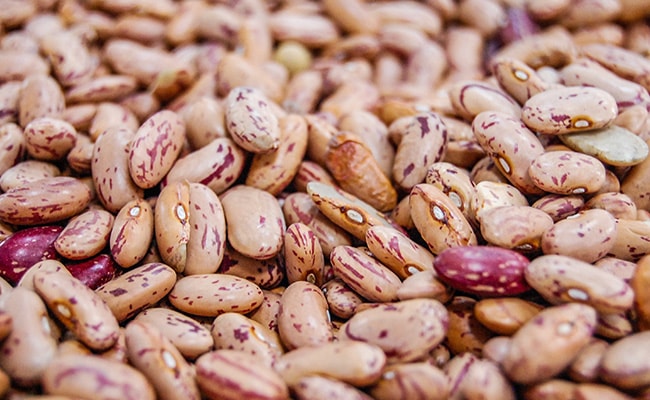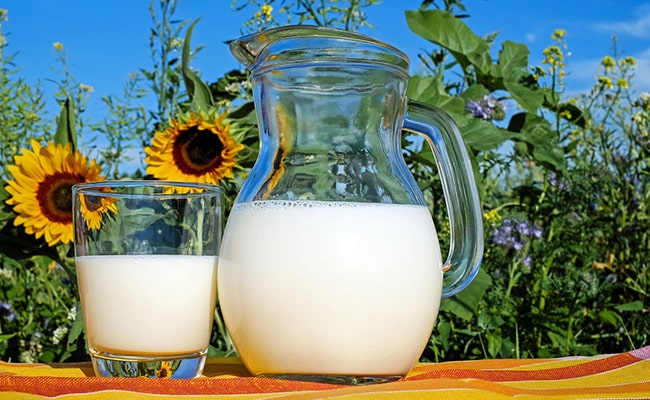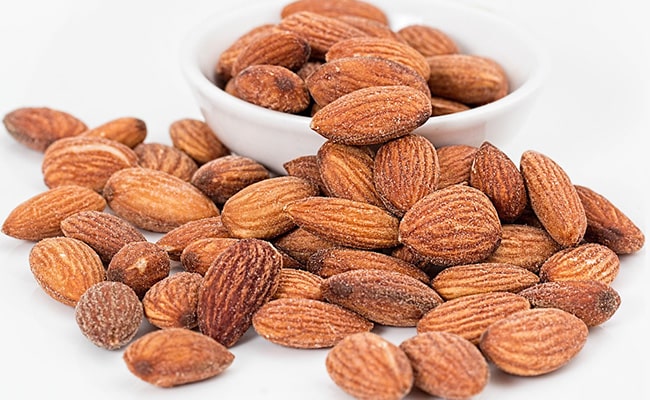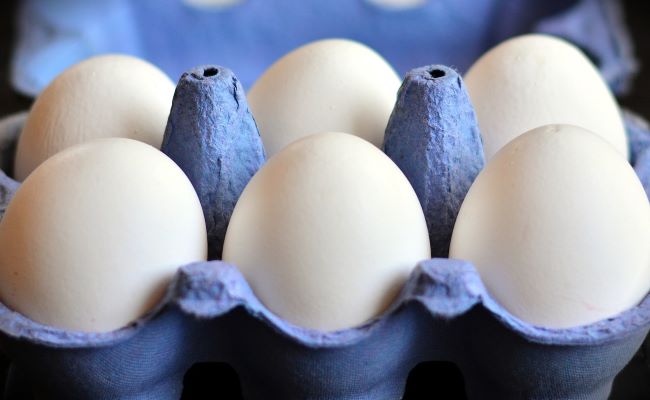[su_heading style=”default” size=”13″ align=”center” margin=”20″]Nutrition Guide – Best Foods That Contain Calcium[/su_heading]
Guide : Best Foods That Contain Calcium
It’s been said time and again that calcium is vital for strong bones and teeth. Newborn babies need calcium to help them develop strong bones and teeth, elderly people need calcium to strengthen their weakening bones as they get older, and so does every other person in between. There are quite a number of nutrients that the body cannot do without, and calcium is one of them.

Benefits of Calcium
An interesting thing about calcium is that it goes beyond bone and teeth health. Healthy bones and teeth are like the major benefits of taking calcium, but there are also other benefits. Some of them include:
- It Regulates blood pressure
- Prevents kidney stone
- Protects the cardiac muscles
- Helps to maintain optimal body weight
- Reduces the risk of colon cancer
- Reduces premenstrual depression, etc.
In other words, not taking enough calcium will cause you to develop symptoms like:
- Arthritis
- Tetany
- Insomnia
- Gum diseases
- Premenstrual cramps
- Hypertension
- High blood pressure
- Palpitation
- Loose teeth
- Muscle cramps, etc.
These are some of the obvious symptoms of low calcium in the body. Usually, children who lack calcium suffer Rickets, a condition that weakens the bones causing it to be flexible. They also may have sunken chest, beaded ribs, and have a high risk of Osteoporosis in old age.
The importance of calcium, both in adults and children, cannot be overestimated. But wait, I said “Osteoporosis.” What is it? Is it something important? Let’s see.
What is Osteoporosis?
Osteoporosis is a bone disease that a lot of people are likely to develop in their old age. It is a condition that occurs when the body loses too much bone mass or makes too little bone. The bone is always in a constant state of renewal – new bones are made and the old ones are broken down. At a younger age, mostly under the age of 20, your body makes new bones faster than it breaks down old bones, which results in bone growth. After the age of 20, your body starts to renew your bones at a slower rate. Which means bone mass is lost faster than it is replaced.
If you attained quite a lot of bone mass in your youth, you’re less likely to develop osteoporosis. Eating healthy, with a constant supply of calcium in your meals right from a tender age, is the best way to avoid this dreadful disease.
That being said, here are some of the most common calcium-rich foods that can help you keep up with your calcium level effortlessly.
1. Cheese

There are different types of cheese, and most of them are excellent sources of calcium, especially Parmesan cheese which contains about 331 mg of calcium in every 28 grams. As an added bonus, your body easily breaks down and absorbs calcium in cheese (and other dairy products) compared to plant sources.
2. Sardines

There are a lot of other health benefits of calcium in the body, but most of it goes to the bones seeing as its major function is to maintain healthy bones and teeth. This technique (of calcium being stored in the bones) is obtainable both in human and non-humans. That is why sardines are loaded with calcium, thanks to their edible and delicious bones.
3. Beans

Beans come in different forms and compositions, all of which are great sources of fiber, protein, micronutrients, and of course, calcium. However, winged beans stand out from the rest with 244 mg of calcium in a cup. Aside from the calcium which beans supply to the body, beans are also credited as one of the healthiest plant-based food there is. It can lower bad cholesterol levels in the blood and reduce the risk of developing type 2 diabetes.
4. Rhubarb

Rhubarb is a healthy nutritious food that contains a lot of calcium. So much so that only about a quarter of its calcium content can be absorbed by the body. Other health benefits of rhubarb include promoting weight loss, preventing Alzheimer’s disease, improving digestion, optimizing metabolism, and so on.
5. Amaranth

For maximum benefit, you can eat the seeds and leaves of amaranth. They contain a healthy dose of nutrients, including calcium. Amaranth is also gluten-free and high in protein, making it a good option for weight loss diet. It is also full of antioxidants and minerals and helps reduce hair loss and greying.
6. Fortified Drinks

The very first thing that comes to people’s minds with regards to calcium-rich drinks is milk. And as you know, milk is a dairy product, which some people (vegetarians) may not want to take. In such cases, you can depend on plant-based fortified drinks for your daily intake of protein. Examples include fortified soy milk, fruit juices, quinoa drinks, antioxidant water, etc.
7. Milk

Milk is very nutritious and great for your body. The question is not if you take milk, but if you take the right quantity to supply your body with enough protein for strong bones, teeth, and muscles.
8. Nuts and Seeds

Some of the seeds and nuts you eat are loaded with a lot of calcium in them. Eating them will benefit your body in many ways, including supplying it with calcium for strong bones and teeth. Some nuts and seeds that are rich in calcium are brazil nuts, almonds, sesame, etc.
9. Whey Protein

Calcium is good for the bones and teeth, but it is also good for the muscles. If you want to develop healthy muscles, then you should eat calcium-rich foods, especially those of them that contain whey protein. Examples are ricotta cheese, egg white, protein powders, etc.
10. Yogurt

A cup of yogurt (which is about 254 grams) contains 30% of the RDI (Recommended Daily Intake) for calcium, making it a very rich source of calcium. You can go one step ahead and settle for low-fat yogurt which is even richer in calcium with 45% of the RDI in a cup.
What is the Recommended Calcium Intake?
So, we just talked about the Recommended Daily Intake of calcium. The following table explains how much calcium you should take depending on your age.
| Babies: 0–6 months |
|
| Babies: 7–12 months | 270 mg |
| Children: 1–3 years | 500 mg |
| Children: 4–8 years | 700 mg |
| Children: 9–11 years | 1,000 mg |
| Adolescents: 12–18 years (including pregnant and breastfeeding young women) | 1,300 mg |
| Women: 19–50 (including pregnant and breastfeeding women) | 1,000 mg |
| Women: 51–70 | 1,300 mg |
| Men: 19–70 | 1,000 mg |
| Adults: over 70 | 1,300 mg |
[su_note note_color=”#b71319″ text_color=”#ffffff” radius=”3″ class=””]Do you like this post ? Sharing is Caring ![/su_note]





![Crossfit Workout Music – Creed – Motivation Training 2015 [HD]](https://fitness-diets.com/wp-content/uploads/2019/06/Crossfit-Workout-Music-Creed-Motivation-Training-2015-HD-324x235.jpg)






